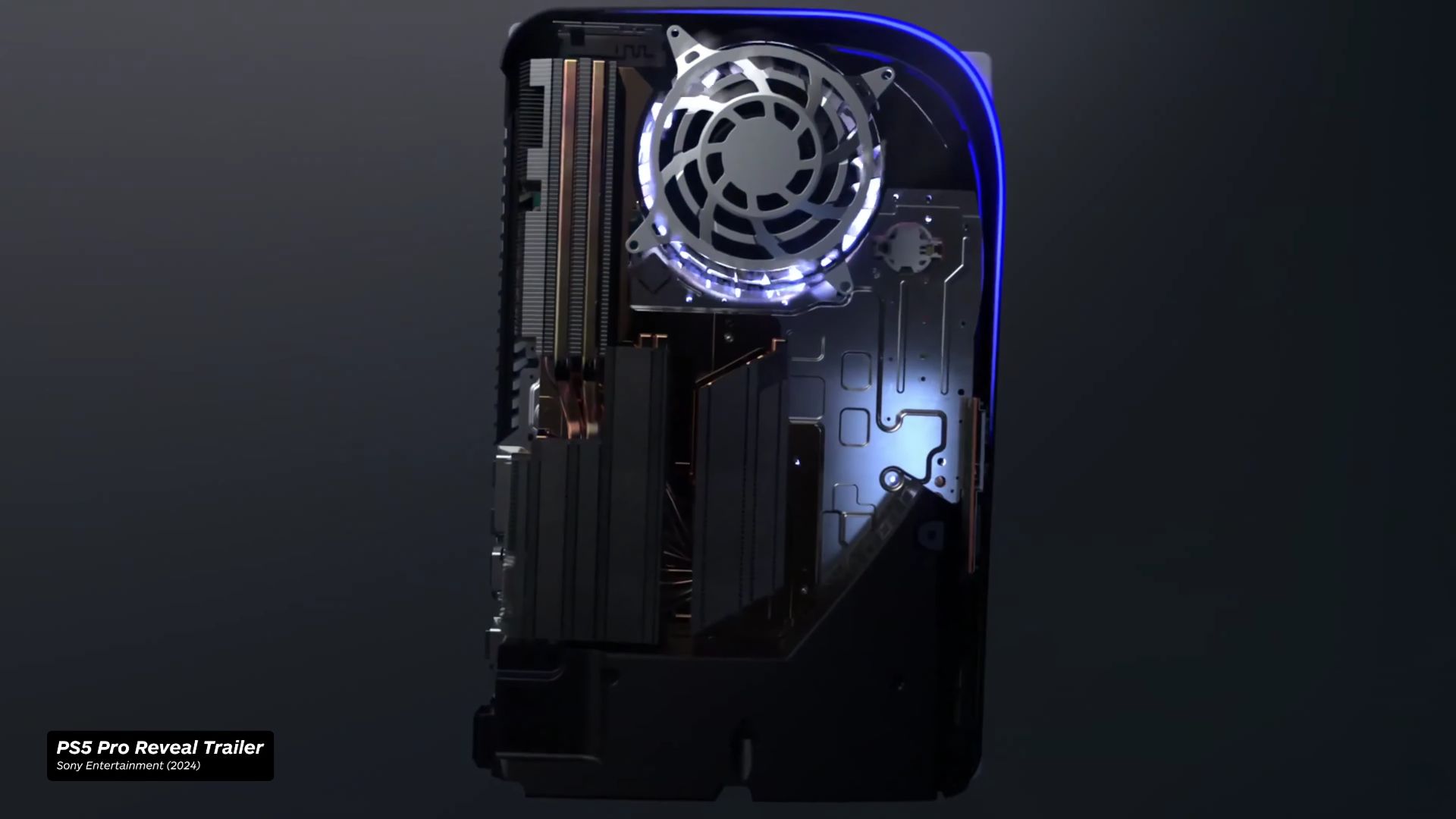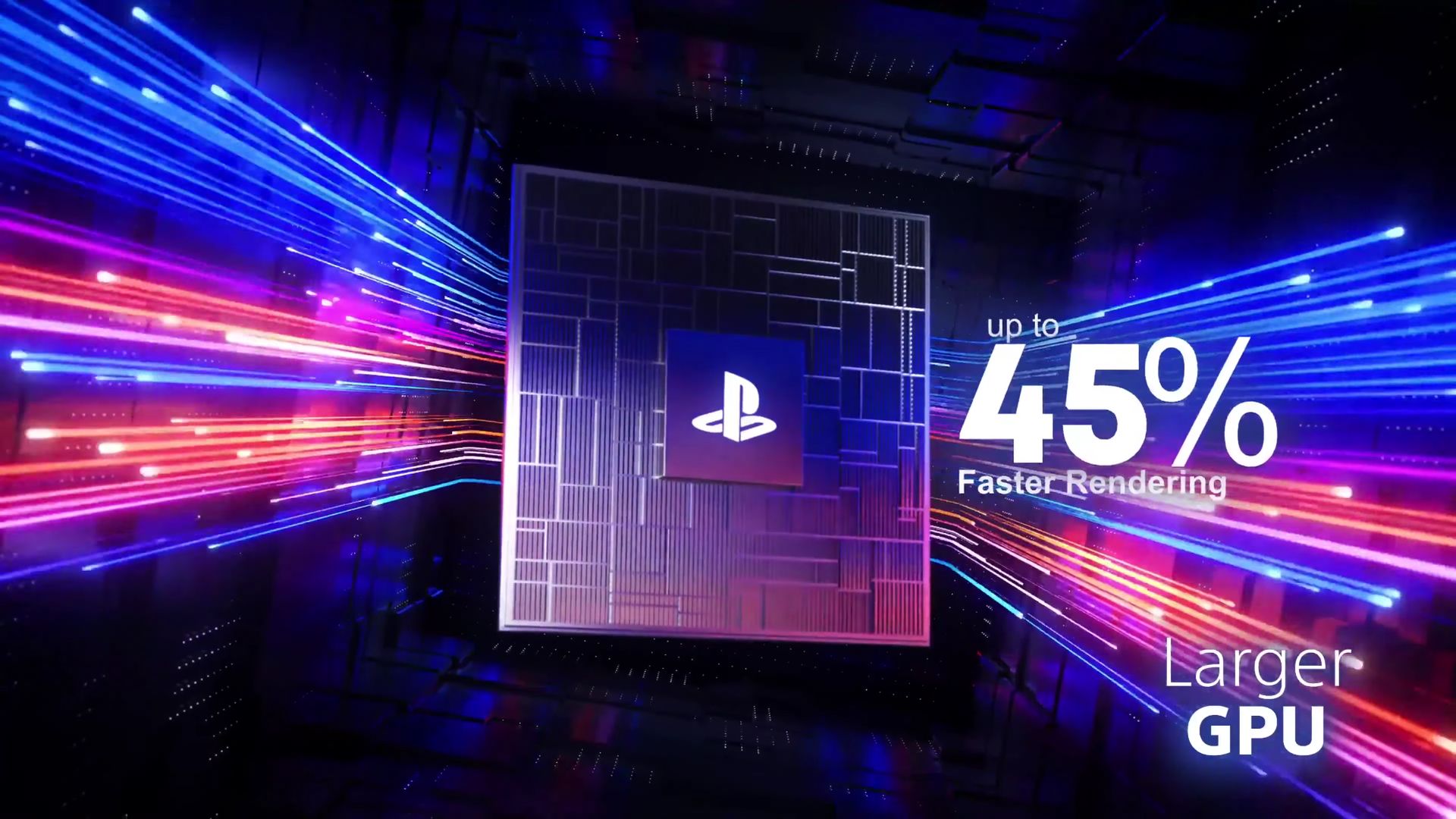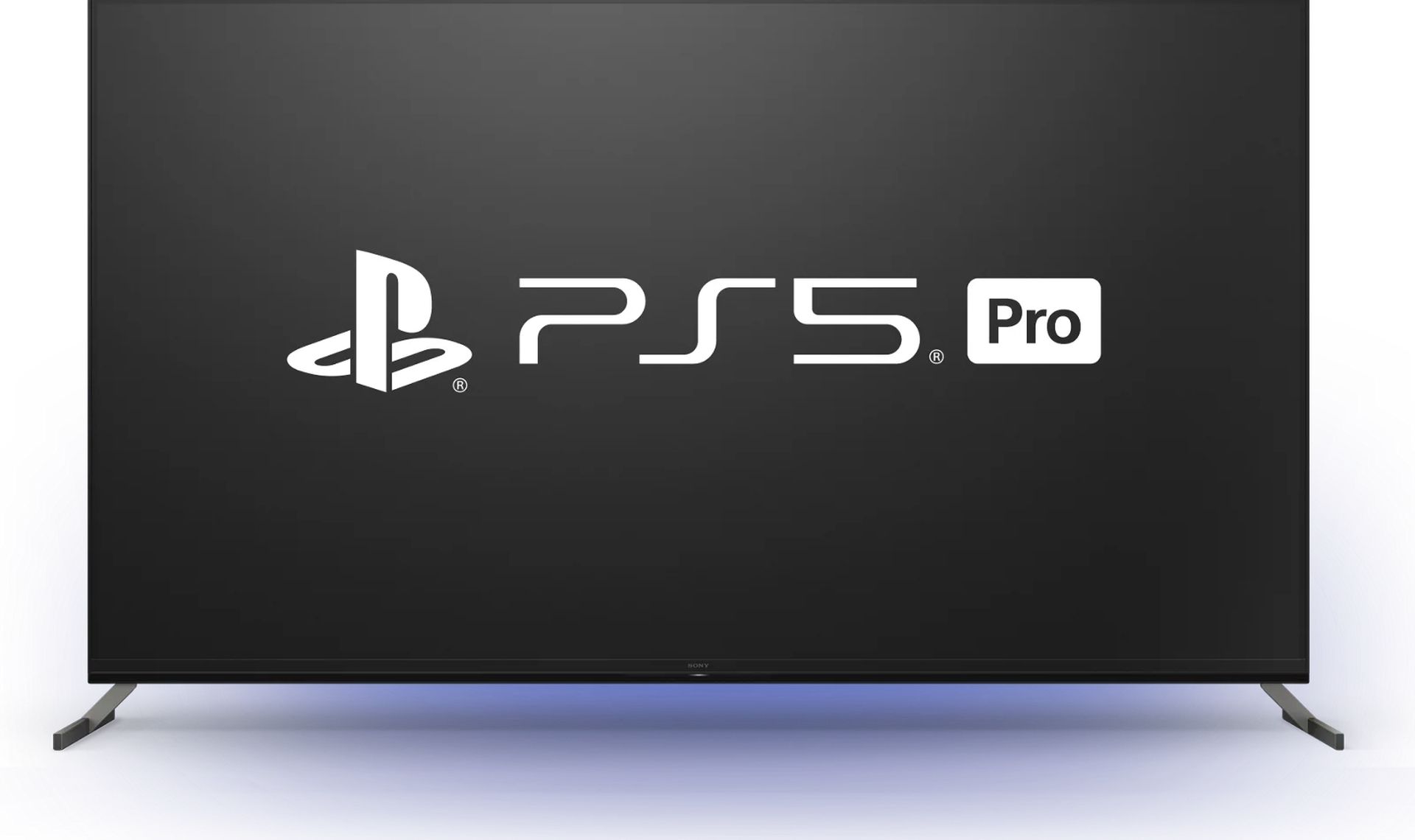Sony’s new PlayStation 5 Pro (PS5 Pro) promised smoother gameplay and higher frame rates, with 45 percent more GPU power than the standard PS5. You can see that even with such a large performance boost, the PS5 Pro can’t manage a locked 60 frames per second (FPS) in any game. Elden Ring’s high-demand titles reveal the limitations of this upgraded hardware; not all games will be able to run at the smooth frame rate many fans expected. It maintains inconsistent frame rates and questions how much of a practical impact the PS5 Pro’s improvements might have.
When tested with Elden Ring, a game known for its high graphical demands, the PS5 Pro offers three main performance modes: Performance, Quality, and Ray Tracing. None are smooth at 60 FPS, and each mode comes with its trade-offs to resolution, visual effects, and overall frame rate stability.

PS5 Pro’s power boost: Why 60 FPS is still out of reach for some games
Running in Quality mode, aiming for a native 4K resolution, Elden Ring sees itself running 50 to 55 FPS. This is an improvement over the standard PS5, which frequently checks in below 50 FPS. However, the PS5 Pro still tumbles into the 40s frame rates in graphically demanding portions. Players will notice these dips, and there will be jarring moments that can break immersion, all the more so during the heat of the game. This is also limited in variable refresh rate (VRR) support, which only works decently at 48 FPS and up.
Performance mode with dynamic resolution scaling performance is slightly better, but not 60 FPS locked. This mode offers on-the-fly resolution adjustment but no frame rate stability. However, even with improved performance, some scenes still drop frames — and the distortion of those frames is noticeable. The GPU boost on the Pro might not get you out of the frame rate blues as much as you expect since testing shows some of the most intense battles and denser visual scenes dragging around frames below the appointed frame rate.
The greatest challenge is Ray Tracing mode, which is known to be a drain on consoles. While supporting the nice shadow effects and ambient occlusion, this mode still reduces resolution to 1620p, and even still, it doesn’t stabilize frame rates. It’s quite fickle, with the PS5 Pro bailing out on consistent performance, bouncing between GPU and CPU limits. Frame rates improve slightly from the standard PS5 but are still far from 60 FPS, creating beautiful but stuttery gameplay.

Game Boost shows limits with enhanced hardware.
Sony introduced the Game Boost feature to take advantage of the extra power offered by the PS5 Pro. However, the practice seems to be rather limited. Game Boost doesn’t quite work well enough to get more than single-digit percent performance boosts when experimented with another graphically intense title, like Cyberpunk 2077, because it’s running through CPU issues. While the PS5 Pro does have a similarly boosted CPU clock speed of about 10%, that’s not enough to unravel the last performance bottleneck, especially in games that need some serious poking.
The PS5 Pro’s Game Boost is meant only for higher frame rate games like the ones that can run at 120Hz, making the experience more fluent. For these cases, it gives the extra GPU horsepower necessary for more stable gameplay. MPU features come in handy, but their benefits are somewhat diminished by graphic-heavy titles like Elden Ring or Cyberpunk 2077, where the framerate will still drop in some scenes. A look into the limited impact of Game Boost suggests that without specific patches or optimizations from developers, you won’t find the massive performance increase that many fans were hoping for with the PS5 Pro.

Will the PS5 Pro’s upgrades benefit future games?
The PS5 Pro shows the performance upgrade over the base model PS5, and while it’s an obvious step up, we’re still going to need the use of the dedicated patches for some games to hit the hardware’s full potential. Many games are built for the original PS5 and aren’t optimized for the Pro, meaning they can’t fully use the GPU and CPU upgrades those consoles offer. For example, you can take some PC games off a hardware upgrade, but the PS5 Pro requires developers to optimize the game for the new hardware. That difference means that, in the end, a scant number of titles will ever fully let loose the Pro’s hardware potential.
Some industry analysts have compared the graphics performance of the PS5 Pro to that of the AMD RX 6800, a very powerful graphics card in the PC market. However, tests reveal that the PS5 Pro cannot run neck and neck with the RX 6800, even with matching hardware. That gap tells us that the PS5 Pro is a truly powerful console, but it doesn’t quite reach the level of power found on high-end PC hardware, particularly when it comes to such graphics-intensive games that strive to achieve frame rates right on the edge.
These findings might disappoint those looking for a consistently smooth 60 FPS experience in every game with the PS5 Pro. But for those playing games that aren’t quite so demanding and compatible with 120Hz gameplay, the Pro’s enhancements will likely be smoother. The PS5 Pro is ultimately a powerful beast that will be limited in what it can do without developer support and patches.
Image credit: Sony





